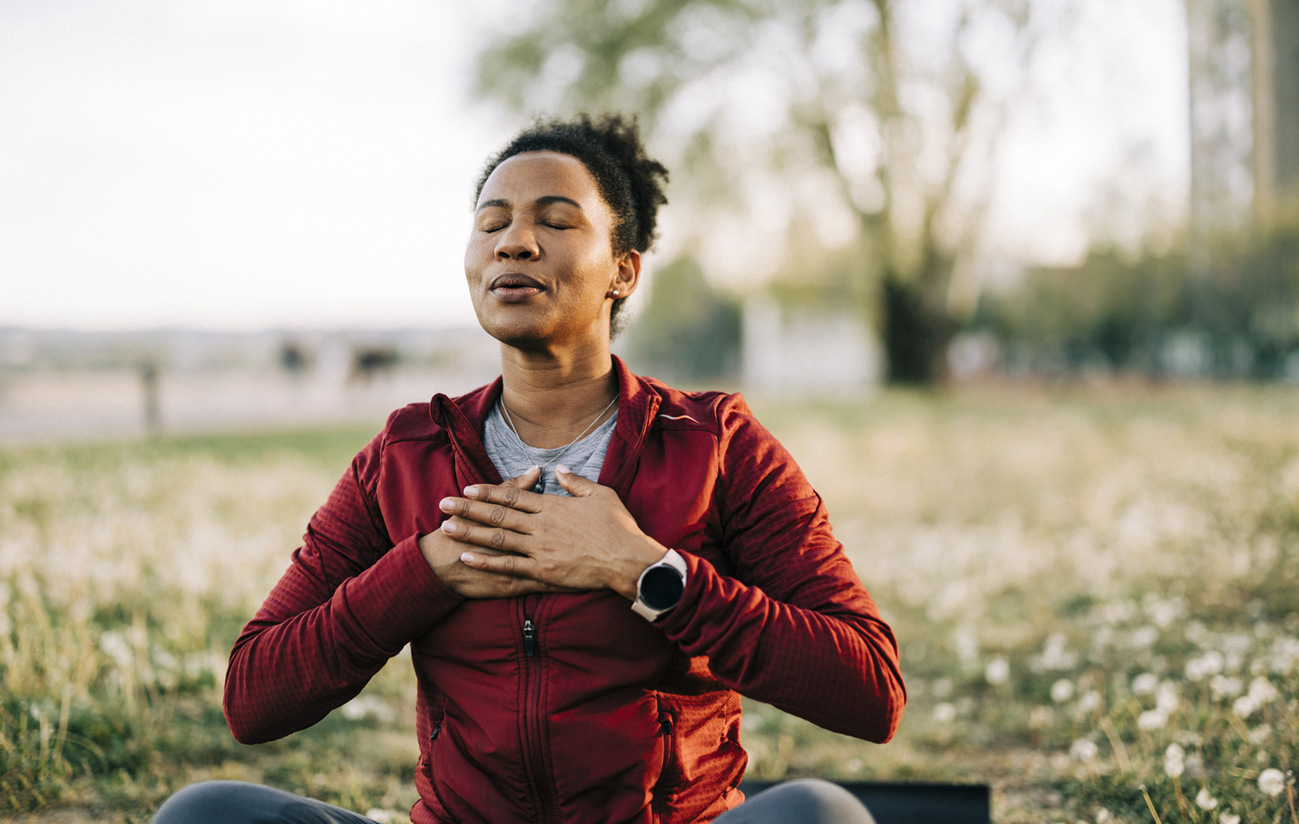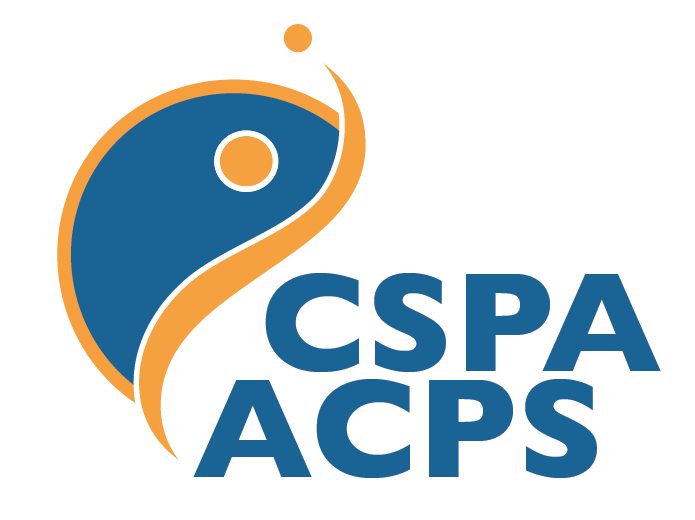The Commodification of Breath: Parsing Fact from Fiction in the Gilded Age of Breathwork and Breathing Influencers

Published
We are living through a breathing renaissance… at least, it appears that way given the number of books and TikTok videos on breathwork. According to authors and influencers, modern humans have “forgotten” how to breathe. The consequences, they argue, are a cascade of severe health conditions ranging from asthma and facial malformation to ADHD and depression. Their solution? Optimize your breathing with secret techniques used by Navy SEALs, elite athletes, and breathwork gurus… ideally by purchasing their book, hiring them as a “breath coach,” or investing in premium nocturnal mouth tape (“buy 3 get two free for $74.99”). We have officially commodified breathing.
The breath is powerful, of course. It might be the simplest and most direct lever we have to modulate our nervous system. Depending on its depth, rhythm, ratio, and tempo, our breath can propel us into fight-or-flight or help us gently descend into deep relaxation. But when it comes to the science, some breathwork skills being sold as groundbreaking are either based on age-old principles or lacking empirical justification as stand-alone techniques. To paraphrase psychologist and professor Richard McNally, what’s new isn’t always effective, and what’s effective isn’t always new. Let’s sift through the hype and summarize what works.
Evidence-Based Breathing Techniques and How They Help
These breathing techniques aren’t trends. They are the classics, the canonical breathing skills before the breathwork boom of the 2020s.
Diaphragmatic Breathing
What Is It?
Also called “belly breathing,” this technique draws air deep into the lungs by expanding the abdomen instead of the chest.
How to Do It
- Place one hand on your belly and the other on your chest.
- Inhale slowly through your nose so your belly rises.
- Exhale slowly so your belly falls.
- Let your chest move naturally as a byproduct of belly movement.
How Does It Work?
Diaphragmatic breathing engages the parasympathetic nervous system and promotes the “relaxation response” (the opposite of the stress response) - calmness, reduced muscle tension, lower heart rate and respiratory rate.
What’s the Evidence?
Decades of research show benefits for anxiety- and stress-related disorders, chronic pain, and more.
Read more: https://www.health.harvard.edu/healthbeat/learning-diaphragmatic-breathing
1:2 Ratio Breathing
What Is It?
A breathing technique where the exhale is twice as long as the inhale.
How to Do It
- Inhale through the nose for 4 counts (your own pace; slowly).
- Exhale slowly through the mouth for 8 counts.
- Repeat for several minutes.
How Does It Work?
Extending the exhale increases parasympathetic tone and reduces sympathetic activation, helping lower heart rate and stress.
What's the Evidence?
Studies show this rhythm can reduce physiological arousal and enhance the ability of the vagus nerve to calm the body after stress (Bae et al., 2021).
Read more: https://stoneyoga.com/reduce-stress-with-12-breath-ratio/
Resonance Frequency Breathing
What Is It?
A technique that targets ~5–6 breaths per minute to synchronize heart rate and respiration for optimal HRV (heart rate variability).
How to Do It
- Inhale slowly for ~5 seconds.
- Exhale slowly for ~5 seconds.
- Continue for 5–10 minutes. For best results, use HRV biofeedback to find your exact frequency.
How Does It Work?
It strengthens baroreflex sensitivity (how quickly and effectively your body can adjust your heart rate in response to changes in blood pressure), improves heart rate variability, and aligns cardiovascular-respiratory rhythms, which can increase resilience to stress.
What's the Evidence?
The benefits of resonance frequency breathing are well-supported (e.g., Sevoz-Couche et al., 2022; Steffen et al., 2017; Wang et al., 2025). Data from randomized controlled trials are more sparse, but one smaller trial of young men found improved cognitive function, reduced stress, and lower sympathetic tone after 4 weeks of practice (Chaitanya et al., 2022).
Honorable Mention: High-Arousal Breathing (“Psyching Up”)
What Is It?
A fast, powerful breathing technique used to increase arousal and readiness before high-intensity activity.
How to Do It
- Take 3–5 sharp, full breaths using your diaphragm.
- Exhale quickly and forcefully.
- Use right before intense physical efforts.
How Does It Work?
Stimulates the sympathetic nervous system, heightening alertness and physical energy.
What's the Evidence?
You won’t find many studies on this technique in isolation (hence the “honorable mention”), but it draws from the tried-and-true physiology of sympathetic activation more broadly. High-arousal breathing is useful before tasks demanding high power and intensity.
Trendy Techniques. What Do They Add?
Cyclic Sighing
Dr. Andrew Huberman has discussed this technique on his wildly popular podcast. To give due credit, he’s also studied and published on the potential benefits of cyclic sighing with Drs. Melis Yilmaz Balban and David Spiegel from Stanford, among other researchers.
What Is It?
A controlled breathing technique involving a double inhale followed by an extended exhale.
How to Do It
- Inhale fully through your nose.
- Add a second small inhale on top.
- Exhale slowly and fully through the mouth.
- Repeat for ~5 minutes.
How Does It Work?
Extending the exhale promotes parasympathetic nervous system activity, helping the body shift into a calmer, more relaxed state. The second quick inhale is thought to recruit additional alveoli (tiny air sacs in the lungs; Severs et al., 2022), which can improve oxygenation and help clear carbon dioxide more efficiently, further supporting a calming effect.
What's the Evidence?
A 2023 study (Balban et al.; see link below) found that cyclic sighing improved mood more than mindfulness meditation, but its effects were not significantly greater than other breathing techniques. It's not yet clear whether cyclic sighing outperforms simpler techniques like diaphragmatic breathing.
Research: Brief structured respiration practices enhance mood and reduce physiological arousal
Box Breathing
Add box breathing to the “breathing techniques everyone is talking about” category. It’s becoming a go-to for athletes and the tactical/military population.
What Is It?
A breathing technique involving equal-length inhale, hold, exhale, hold.
How to Do It
- Inhale through the nose for 4 seconds.
- Hold for 4 seconds.
- Exhale for 4 seconds.
- Hold again for 4 seconds. Repeat.
How Does It Work?
Like other paced breathing strategies, box breathing may help down regulate the nervous system and cultivate mindful awareness through attentional focus on the breath.
What's the Evidence?
Despite its growing popularity, there’s currently no strong evidence that box breathing outperforms other paced breathing techniques (Balban et al., 2023) or offers unique value. Still, it’s easy and seemingly effective at calming the body and mind.
Wim Hof Breathing
Inspired by Tummo and Pranayama techniques, “Wim Hof” breathing has also become popular among individuals aspiring to run or climb vast distances in frigid temperatures with minimal clothing.
What Is It?
Periods of hyperventilation followed by voluntary breath-holds at low lung volume (Citherlet et al., 2021)
How to Do It
- Hyperventilation phase: Inhale strongly/deeply through the nose or mouth and exhale passively (don’t force it). Do this for 30-40 breaths.
- Retention phase: After your final exhale from Step 2, hold your breath until you feel an urge to breath (could be 30 seconds to a minute). Stay relaxed.
- Recovery breath: Take a full breath in to recover. Hold that breath for ~15 seconds, then let it go.
- Repeat steps 2-4 for 3-4 rounds.
Warning: Don’t try this technique while standing, driving, or in any precarious situations, as you may become dizzy or lightheaded.
How Does It Work?
Wim Hof breathing triggers acute respiratory alkalosis (the blood temporarily becomes more alkaline due to rapid CO₂ loss). This shifts the balance of oxygen and CO₂ in the body, activating the stress response. The theory goes, practicing this technique can make you more resilient to stress by inducing and recovering from high sympathetic activation.
What's the Evidence?
One small study (Kox et al., 2014) showed Wim Hof breathing led to reduced inflammation and better stress control, but the technique was paired with cold exposure and meditation. This suite of techniques may help make us more resilient, but Wim Hof breathing alone hasn’t been well isolated in scientific research.
Other Techniques Receiving Hype in the Breathing World
Mouth Taping
One of the most charged topics in the breathing world is nasal vs. mouth breathing. Nasal breathing filters and humidifies air and supports nitric oxide production – a vasodilator that helps with overall oxygen delivery. In contrast, mouth breathing (especially during sleep) is common among people with allergies or deviated septums.
Enter mouth taping, a social media-fueled trend in which people tape their mouths shut during sleep to promote nasal breathing. Some evidence suggests mouth taping may help with snoring for people with mild obstructive sleep apnea (Huang et al., 2015), but so do nasal strips, or treating your asthma or allergies. A recent scoping review found that much of the mouth-taping discourse is driven by influencers, not science.
Article: https://www.sleepfoundation.org/snoring/mouth-taping-for-sleep
Breath Holding
In recent years, breath-holding, or "apnea" techniques, have received some buzz. Intriguing data from free divers suggest that intensive breath-hold training may lead to beneficial physiological adaptations for sport performance (Ostrowski et al., 2012), particularly endurance, including higher levels of hemoglobin and erythropoietin (EPO), a hormone that promotes red blood cell growth. But can the average non-freediving athlete benefit meaningfully from breath-hold training?
A 2024 review by Bouten and colleagues in Experimental Physiology reviewed the literature to answer this question. They found that holding your breath can trigger a few interesting changes in the body: it can make your spleen squeeze out extra red blood cells into your bloodstream (giving you a short-acting oxygen boost) and may indeed stimulate the production of EPO. But the effects are small and temporary. Most studies suggest that breath-holding on its own doesn’t reliably improve aerobic performance in athletes, especially without years of specialized training and adaptation.
Still, some specific breath-holding protocols may be promising. Techniques like "hypoventilation training" (breathing less air on purpose during exercise) and repeated sprint training with short breath-holds after exhaling may help athletes improve their anaerobic fitness (e.g., Woorons et al., 2019; 2020). Data suggest these techniques force fast-twitch muscle fibers to adapt and utilize oxygen more efficiently, along with other purported benefits Bouten and colleagues discuss.
In summary: Unless your sport requires breathholding (e.g., swimming, surfing, free diving), it’s not clear that apnea training will significantly boost your performance. More research is needed to better understand the benefits of breath-hold training for speed and endurance athletes, including which breath-holding protocols are most effective.
Final Thoughts
- The breath is powerful. It’s an automatic bodily function, but we can switch off breathing autopilot to dramatically shift our physiological and emotional state.
- Breathing is free. There is no service you need to pay for to take advantage of the techniques above (the ones with proven and unique value).
- No, breathwork will not fix all your problems. Poor breathing is not the root of all that ails mankind.
- No, you do not need a breath guru to reveal to you any ancient breathing wisdom. You haven’t forgotten how to breathe (maybe you’ve forgotten that you haven’t forgotten?).
- When it comes to breathing, what’s effective isn’t always new, and what’s new might not be uniquely effective. There’s some ancient wisdom for you.
References
- Bae, D., Matthews, J.J., Chen, J.J., & Mah, L. (2021). Increased exhalation to inhalation ratio during breathing enhances high‐frequency heart rate variability in healthy adults. Psychophysiology, 58 (11), e13905.
- Chaitanya, S., Datta, A., Bhandari, B., & Sharma, V. K. (2022). Effect of resonance breathing on heart rate variability and cognitive functions in young adults: a randomised controlled study. Cureus, 14(2).
- Citherlet, T., Crettaz von Roten, F., Kayser, B., & Guex, K. (2021). Acute effects of the wim hof breathing method on repeated sprint ability: a pilot study. Frontiers in sports and active living, 3, 700757.
- Huang, T.-W., & Young, T.-H. (2015). Novel porous oral patches for patients with mild obstructive sleep apnea and mouth breathing: A pilot study. Otolaryngology Head and Neck Surgery: Official Journal of the American Academy of Otolaryngology-Head and Neck Surgery, 152(2), 369–373.
- Kox, M., Van Eijk, LT, Zwaag, J., Van Den Wildenberg, J., Sweep, F.C., Van Der Hoeven, JG, & Pickkers, P. (2014). Voluntary activation of the sympathetic nervous system and attenuation of the innate immune response in humans. Proceedings of the National Academy of Sciences, 111 (20), 7379-7384.
- Ostrowski A, Strzała M, Stanula A, Juszkiewicz M, Pilch W, Maszczyk A. The role of training in the development of adaptive mechanisms in freedivers. J Hum Kinet. 2012 May;32:197-210. doi: 10.2478/v10078-012-0036-2. Epub 2012 May 30. PMID: 23487544; PMCID: PMC3590872.
- Severs, L. J., Vlemincx, E., & Ramirez, J. M. (2022). The psychophysiology of the sigh: I: The sigh from the physiological perspective. Biological psychology, 170, 108313.
- Sevoz-Couche, C., & Laborde, S. (2022). Heart rate variability and slow-paced breathing: when coherence meets resonance. Neuroscience & Biobehavioral Reviews, 135, 104576.
- Steffen, P. R., Austin, T., DeBarros, A., & Brown, T. (2017). The impact of resonance frequency breathing on measures of heart rate variability, blood pressure, and mood. Frontiers in public health, 5, 222.
- Wang, X., Nie, J., Lu, Y., Zhang, H., & Zhang, J. (2025). The Effects of Resonance Frequency Breathing on Cardiovascular System and Brain-Cardiopulmonary Interactions. Applied Psychophysiology and Biofeedback, 1-16.
- Woorons, X., Billaut, F., & Vandewalle, H. (2020). Transferable benefits of cycle hypoventilation training for run-based performance in team-sport athletes. International Journal of Sports Physiology and Performance, 15(8), 1103–1108.
- Woorons, X., Millet, G. P., & Mucci, P. (2019). Physiological adaptations to repeated sprint training in hypoxia induced by voluntary hypoventilation at low lung volume. European Journal of Applied Physiology, 119(9), 1959–1970.
Share this article:
Published in:





